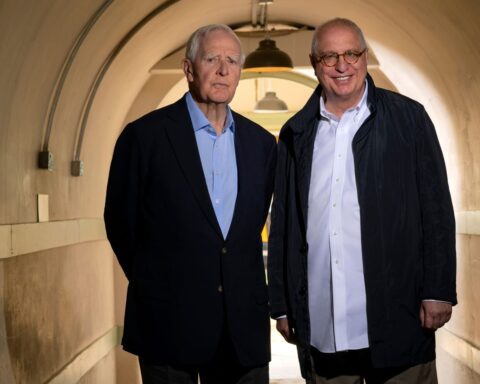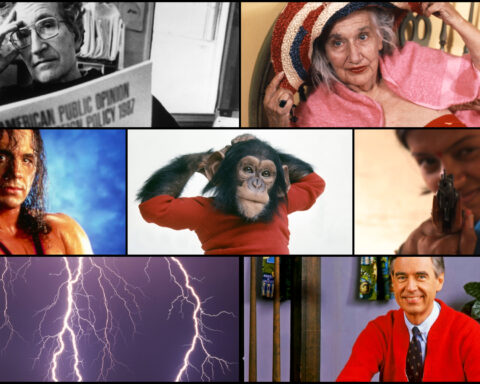If you want to make a difference but don’t know where to start, then Video for Change: A Guide for Advocacy and Activism is the book for you. Not only does Video for Change take you step by step through the process of filming, editing and distributing a video designed to effect change, it gives you case studies, personal stories from working professionals, brainstorming exercises, useful websites, and an appendix bursting with templates, forms and lists. Everything you need from start to finish is in here.
With society’s great advances in technology, giving a voice to the disenfranchised has never been more possible than it is today. Yet getting these stories out is as pressing as ever, according to Peter Gabriel, singer and founder of the advocacy group WITNESS. “In this age, when the mass media rest in fewer and fewer hands, we must have strong, vital, independent voices if we ever want to hear all the story, or seek for justice.”
As the editors of this comprehensive and practical guide prove, good intentions are not enough. You must plan exhaustively for it. And then plan some more. “In our experience, the most critical stage of making an effective video is planning (followed by planning and more planning) based on a clear understanding of why you are choosing to invest in the project.”
The subject matter of social justice projects is often difficult and depressing. But that doesn’t mean your video has to overwhelm people with the woes of the world. “Telling stories for advocacy may be a serious issue,” writes documentarian Katerina Cizek, “but it’s okay to have a wide emotional range. It’s fine to be funny. No matter how tragic or difficult the issue is, humor can help ease subjects, filmmakers, and audiences into a story.” As well, conventional storytelling techniques, used mainly for entertainment purposes, can be a great tool for creating compelling stories that leave room for action on the part of the audience. The key is to remember “that in advocacy, storytelling is at the service of your goal for change and your message, rather than just the story itself or the ideas of the filmmaker.”
One of the points emphasized in the guide is that a good documentary will focus on people not facts. But sometimes an interesting person is not enough for a documentary story. African AIDS activist, Don Edkins, describes how he moved from an interesting character to a viable story.
“It’s a story of a 50 year-old woman, who became HIV positive due to a blood transfer. She was very vocal, and she went around to different communities, to go and talk publicly about her status at every opportunity: radio, schools… Now this is a great character, but does she make a good story? She makes an excellent story when you realize that she has a very difficult relationship with her daughter, who was terribly embarrassed by her mother. The mother is open and frank, and the daughter is mortified. This kind of relationship is something that anyone can understand. Now we have dramatic content. We also have humour. We have a story audiences can relate and to care about.”
The remaining four chapters are chock full of good advice on planning to shoot, shooting, editing and distribution. Every stage is connected, and this approach is reflected in how the book is constructed. Within each chapter not only are there exercises, checklists, and website links, there are also cross-references where one subject links to another. For instance, in the chapter on editing, you are referred to the earlier storytelling chapter for help in creating compelling characters.
If there is one thing for which I can fault Video for Change, however, it’s that there’s no conclusion. The book is an easy-to-read, highly practical and inspiring guide, and so after doing such a good job of selling the idea of video for advocacy, it’s disappointing not to have the expected resolution. As Peter Wintonick puts it, “I believe we are genetically wired, psychologically wired, from the time we are children, when we are sung or read bedtime stories, to look for completion.” Yet, as Video for Change stresses, a good advocacy video leaves room for the audience to get involved. In this guidebook, room is left for you to make a difference.











